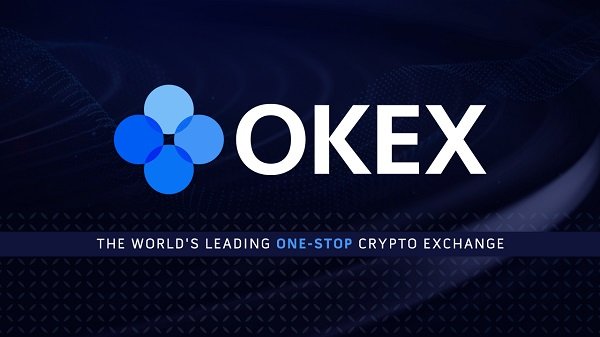Despite recent advancements, generative video models still struggle to represent motion realistically. Many existing models focus primarily on pixel-level reconstruction, often leading to inconsistencies in motion coherence. These shortcomings manifest as unrealistic physics, missing frames, or distortions in complex motion sequences. For example, models may struggle with depicting rotational movements or dynamic actions like gymnastics and object interactions. Addressing these issues is essential for improving the realism of AI-generated videos, particularly as their applications expand into creative and professional domains.
Meta AI presents VideoJAM, a framework designed to introduce a stronger motion representation in video generation models. By encouraging a joint appearance-motion representation, VideoJAM improves the consistency of generated motion. Unlike conventional approaches that treat motion as a secondary consideration, VideoJAM integrates it directly into both the training and inference processes. This framework can be incorporated into existing models with minimal modifications, offering an efficient way to enhance motion quality without altering training data.
Technical Approach and Benefits
VideoJAM consists of two primary components:
Insights
Evaluations of VideoJAM indicate notable improvements in motion coherence across different types of videos. Key findings include:
- Enhanced Motion Representation: Compared to established models like Sora and Kling, VideoJAM reduces artifacts such as frame distortions and unnatural object deformations.
- Improved Motion Fidelity: VideoJAM consistently achieves higher motion coherence scores in both automated assessments and human evaluations.
- Versatility Across Models: The framework integrates effectively with various pre-trained video models, demonstrating its adaptability without requiring extensive retraining.
- Efficient Implementation: VideoJAM enhances video quality using only two additional linear layers, making it a lightweight and practical solution.

Conclusion
VideoJAM provides a structured approach to improving motion coherence in AI-generated videos by integrating motion as a key component rather than an afterthought. By leveraging a joint appearance-motion representation and Inner-Guidance mechanism, the framework enables models to generate videos with greater temporal consistency and realism. With minimal architectural modifications required, VideoJAM offers a practical means to refine motion quality in generative video models, making them more reliable for a range of applications.
Check out the Paper and Project Page. All credit for this research goes to the researchers of this project. Also, don’t forget to follow us on Twitter and join our Telegram Channel and LinkedIn Group. Don’t Forget to join our 75k+ ML SubReddit.
🚨 Marktechpost is inviting AI Companies/Startups/Groups to partner for its upcoming AI Magazines on ‘Open Source AI in Production’ and ‘Agentic AI’.
Aswin AK is a consulting intern at MarkTechPost. He is pursuing his Dual Degree at the Indian Institute of Technology, Kharagpur. He is passionate about data science and machine learning, bringing a strong academic background and hands-on experience in solving real-life cross-domain challenges.

